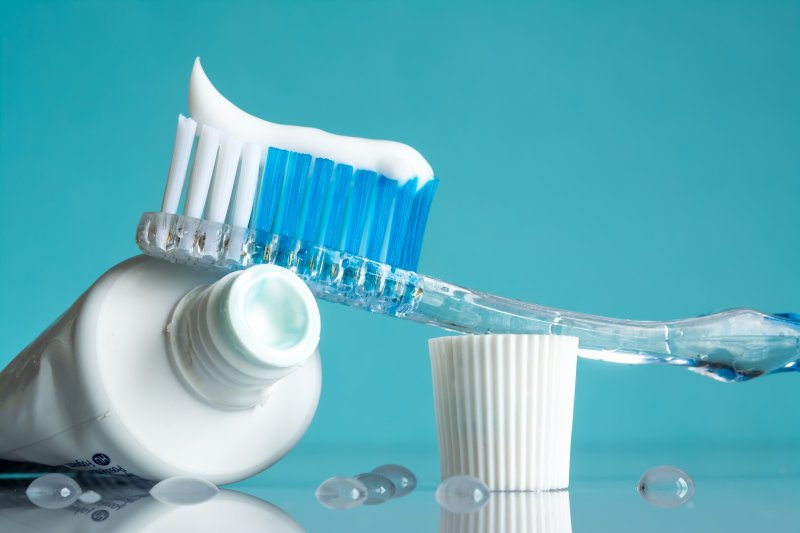
Every baby will require nursing or formula feeding with a bottle during the first years. Whether nursing or formula feeding, there are potential oral health implications for your baby if adequate oral care is not maintained. Your baby will get their first teeth around the age of five to ten months. Be on the lookout for teething symptoms and bumps in the gums, usually lower front. Your baby will continue teething until around the age of 2 and a half years old, when a complete set of 20 teeth should have erupted. If not cared for, breast milk and formula can cause cavities or dental decay on teeth.

 Whether you’re struggling with symptoms of gum disease yourself, or you’re not sure how you can prevent it, this common oral health problem is estimated to impact millions of Americans. With mountains of research conducted by professionals linking this issue to others, like heart disease and Alzheimer’s, you’d imagine that everybody would be familiar with the facts of
Whether you’re struggling with symptoms of gum disease yourself, or you’re not sure how you can prevent it, this common oral health problem is estimated to impact millions of Americans. With mountains of research conducted by professionals linking this issue to others, like heart disease and Alzheimer’s, you’d imagine that everybody would be familiar with the facts of 



 Gone are the days when teeth yellowing and staining were hindrances to confidence levels. Teeth discoloration is a natural and common occurrence with aging. Teeth usually tend to darken with
Gone are the days when teeth yellowing and staining were hindrances to confidence levels. Teeth discoloration is a natural and common occurrence with aging. Teeth usually tend to darken with 

